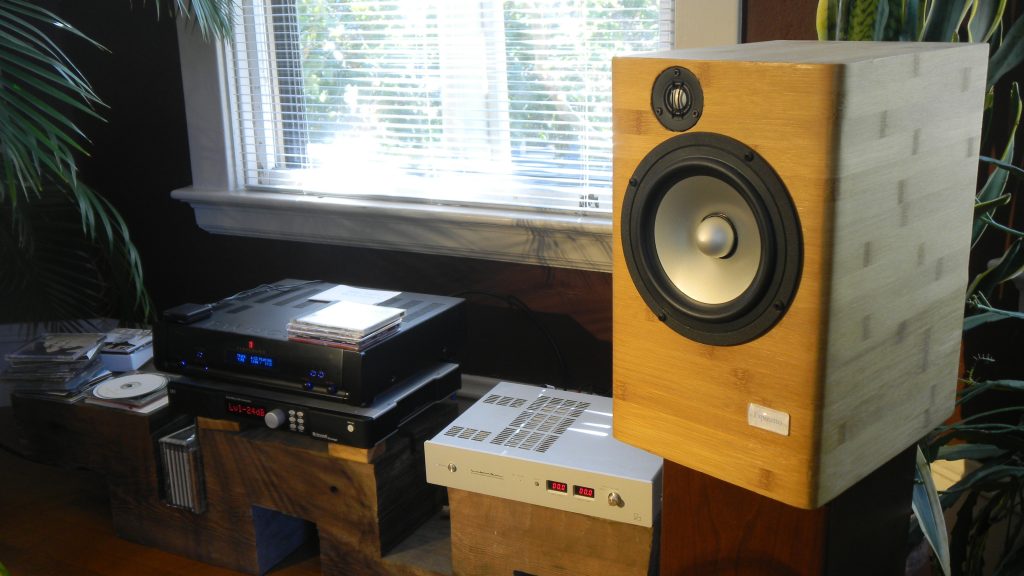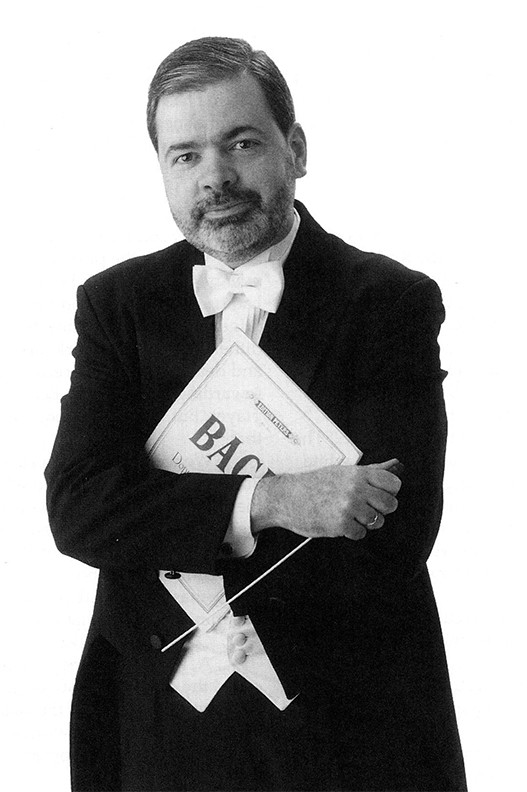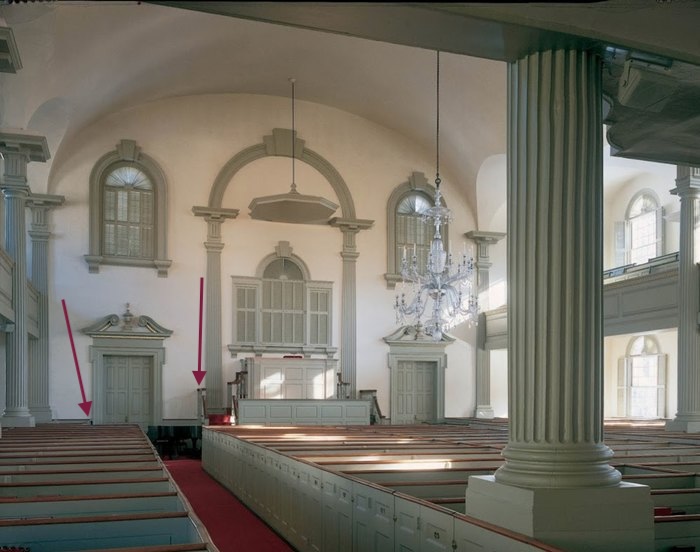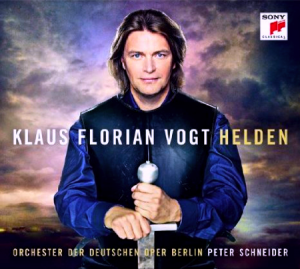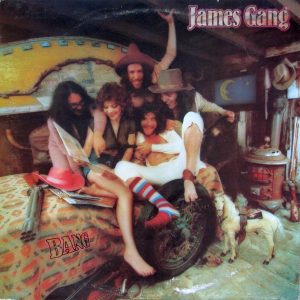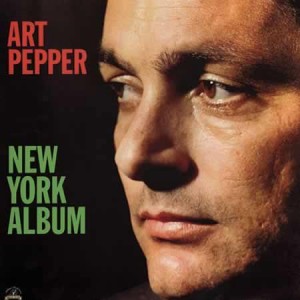After a holiday season of good cheer, John Marks returns to the pages of PF with a new reflection on the music of Gordon Lightfoot, one of blessed memory for him, as well as for me. John maintains a worthy blog site at The Tannhauser Gate, always worth regular visits for those who value fine reflections and erudite commentary.
Count me as one.
Dr. David W. Robinson, Ye Olde Editor
To quote Oscar Wilde: I can resist everything except temptation.
As I emerged from the narrow passageway below the tower on the ramparts of Lincoln Castle, I could not resist; I just had to sing out, in full voice:
In a castle dark, or a fortress strong,
With chains upon my feet;
You know that ghost is me.
And I will never be set free,
As long as I'm a ghost that you can't see.
Which of course is from Gordon Lightfoot's 1970 song "If You Could Read My Mind." You may also note that my daughter is doing her level best to pretend that she does not know me. And we will leave aside for the moment the question exactly how does one confine a ghost by chaining its feet? But Gordon Lightfoot, God Bless him, was never going to let common sense get in the way of an evocative, Sir-Walter-Scott-like lyric.
Below you will find embedded a wonderful live performance of Lightfoot's masterpiece; some musings on Lightfoot's place in the Pantheon of modern popular music; and more photos of our recent trip to the UK.
The wall of Lincoln Castle, with the towers of Lincoln Cathedral in the near distance.
Lincoln Castle was built in the late 11th century by William the Conqueror, on the site of a pre-existing Roman fortress. Lincoln Castle played an important part in the so-called Anarchy, the 12th-c. civil war between forces loyal to King Stephen and those loyal to the Empress Matilda. That war provides the backdrop for Ellis Peters' series of historical mysteries (20 novels between 1977 and 1994) featuring Brother Cadfael, a Welsh herbalist monk with a knack for solving murder cases. Lincoln Castle also was pivotal in the back-and-forth surrounding King John's refusal to abide by the Magna Carta and the resultant struggle for the British throne, the First Barons' War.
The Union Jack flies over the Lucy Tower.
To walk the ramparts, which call to mind the Great Wall of China, is a matter of two thirds of a mile. The literal high point is the Lucy Tower, which is every bit as evocative as Lightfoot's song. It might seem strange that a successful pop song from 1970 would key upon the iconic role of the castle in the consciousness of the Western world, but… there, you have it. In uncertain times, in times of trouble, a fortified castle represents strength, shelter, and security—all of which are things that we crave in our personal lives (and especially in our romantic relationships). Or, a castle can call to mind a stretch in the dungeon. Perhaps for failing to read someone else's mind.
On February 20, 1971 "If You Could Read My Mind" peaked at #5 in Billboard's Hot 100 singles chart. From a great distance, it is illuminating to see what else was going on at that time. That week, Billboard's Top 10 was:
- One Bad Apple (The Osmonds)
- Knock Three Times ([Tony Orlando and] Dawn)
- Rose Garden (Lynn Anderson)
- I Hear You Knocking (Dave Edmunds)
- If You Could Read My Mind (Gordon Lightfoot)
- Mama's Pearl ([The] Jackson Five)
- Groove Me (King Floyd)
- Sweet Mary (Wadsworth Mansion)
- Mr. Bojangles (Nitty Gritty Dirt Band)
- Lonely Days ([The] Bee Gees)
Well. OK. Res ipsa loquitur.
I think that the only song on that one-week chart that gets anywhere near the depth of "If You Could Read My Mind" is "Mr. Bojangles." On the whole, 1971 was dominated by Simon and Garfunkle's "Bridge Over Troubled Water," which of course is on the same level as "If You Could Read My Mind."
(If anyone thinks that "Bridge" is decisively superior, I challenge them to listen to "Bridge" 12 times in a row, and then tell me that its mock-operatic grandeur does not wear thin; and further, tell me that the "Silvergirl" tag—a Hush-Puppy from Simon to Garfunkle—was not a mistake.)
In 1971 I was an unhappy New England Preppie. I had wanted to go to the same public (state) high school as my junior high-school friends were destined for (translation: girls!). But my parents had other ideas, and I ended up at a storied New England all-male, dress-code prep school, where the upperclassmen amused themselves by making fun of your neckties. (The dress code required jacket and tie, but one was free to choose one's own tie.) I carried the academic work load, all the while paying attention to the music that was in the air.
Most of the popular music of the time rather bored me (see the above list). My attitude was, if I could figure out in advance what was coming next, it could not be very good. But four singles brought me up short. Not necessarily in chronological order:
Procol Harum's "A Whiter Shade of Pale" was for me the pop-music equivalent of one's first exposure to opera or to a great symphony. Here, literary allusion was cheek-by-jowl with melodic lines seemingly lifted from Bach. Pop music, after that, was no longer just about girls or cars (with all due respect to the Beatles, and to the Beach Boys).
Linda Ronstadt's "Long Long Time" was for me the most operatic of pop songs. Regardless whether she realized it, Linda Ronstadt sang as though she really wanted to be Maria Callas. That the production prominently featured a harpsichord and a string quartet made it an early standard-bearer for Baroque Rock.
Lightfoot's "If You Could Read My Mind" brought the troubadour tradition into the 20th century. There was nothing at all like it on the radio. While the genre was certainly singer/songwriter/folk, there was a level of craft and historical awareness that distinguished it from similar efforts by Tom Rush and James Taylor. Lightfoot, after all, had been a prize-winning boy soprano (one of his competition pieces was Schubert's "An Silvia"), and he had been studying jazz orchestration in Los Angeles when Peter Paul & Mary's cover of "Early Morning Rain" gave him enough financial security to strike out on his own, even though his first solo album would not come out for several years.
Now, of course, from a remote vantage point, "If You Could Read My Mind" is a monument to passive-aggressive male whiny-ness and gender stereotyping. Apart from the passive-aggressive premise of, "You really can't read my mind, so now I am going to tell what is on it;" from a 21st-c. perspective, the contrast between Lightfoot's portrayal of his rich inner life as being from a movie (perhaps based on a venerable Romantic novel on the order of one of Sir Walter Scott's), while his lady love's imagination is coming from a drugstore paperback bodice-ripper, does not do him much credit. Who knows, her literary taste might have been more Hermann Hesse than Silhouette Romances. But it's a great song nonetheless. Neil Young reportedly stated that it was the best song he knew. Bob Dylan was quoted as saying that whenever he heard a Gordon Lightfoot song, he never wanted it to end.
Perhaps the highest achievement in bucking the jejune trends of 1960s-1970s pop music (e.g., The Osmonds and Tony Orlando and Dawn) goes to Phil Ochs' title track from Pleasures of the Harbor, which ventures beyond the troubadour tradition into the realm of the symphonic art song.
And, of course, an honorable mention goes to King Crimson. (I heard the prog-rock band Yes live in concert in 1972, but they failed to make a convert; what more can I say.)
Gordon Lightfoot was a late bloomer as a performer, as distinct from a songwriter. His first album came out when he was 28, in 1966. After a total of five albums on the United Artists label, Lightfoot decamped to Warner Brothers, where all the pieces fell into place. "If You Could Read My Mind" became an international hit, as shown by this BBC studio-live performance:
The continuing emotional power of Gordon Lightfoot's breakthrough hit is demonstrated by its use (in a Scala and Kolacny Brothers arrangement) in a recent European commercial for Volkswagen cars… if you can stand having your heartstrings pulled that hard.
Original vinyl LPs of Gordon Lightfoot albums do not seem to have much "collector value" (with the possible exception of early pressings of his first Warner Brothers LP, originally titled Sit Down Young Stranger but retitled with the title of the hit single If You Could Read My Mind). But that's good news for music lovers with turntables.
The engineering production values of early Lightfoot albums are first-rate; all the good ones were recorded before Aphex's Aural Exciter began putting a crackling glaze on the treble of pop music. I believe that both Linda Ronstadt and James Taylor's producers fell for the Aural Exciter. I have not checked the later Lightfoot albums, because I think the quality of his writing and singing dropped off drastically after Endless Wire. But I do recall one album's credits including an early Mitsubishi digital recorder, and I recall that that LP sounded rather sterile. A sterile LP; who knew?
My favorite Lightfoot album, the one I'd take to that Desert Island, is his "electric" album Endless Wire. Strangely enough, the CD release of that has some collector value. There is a wonderful Rhino 4-CD retrospective entitled Songbook, but for better or worse, it is a selection and not album-by-album reissues.
November 17, 2018 was Gordon Lightfoot's 80th birthday. Thank you sir, for all the beautiful music.




